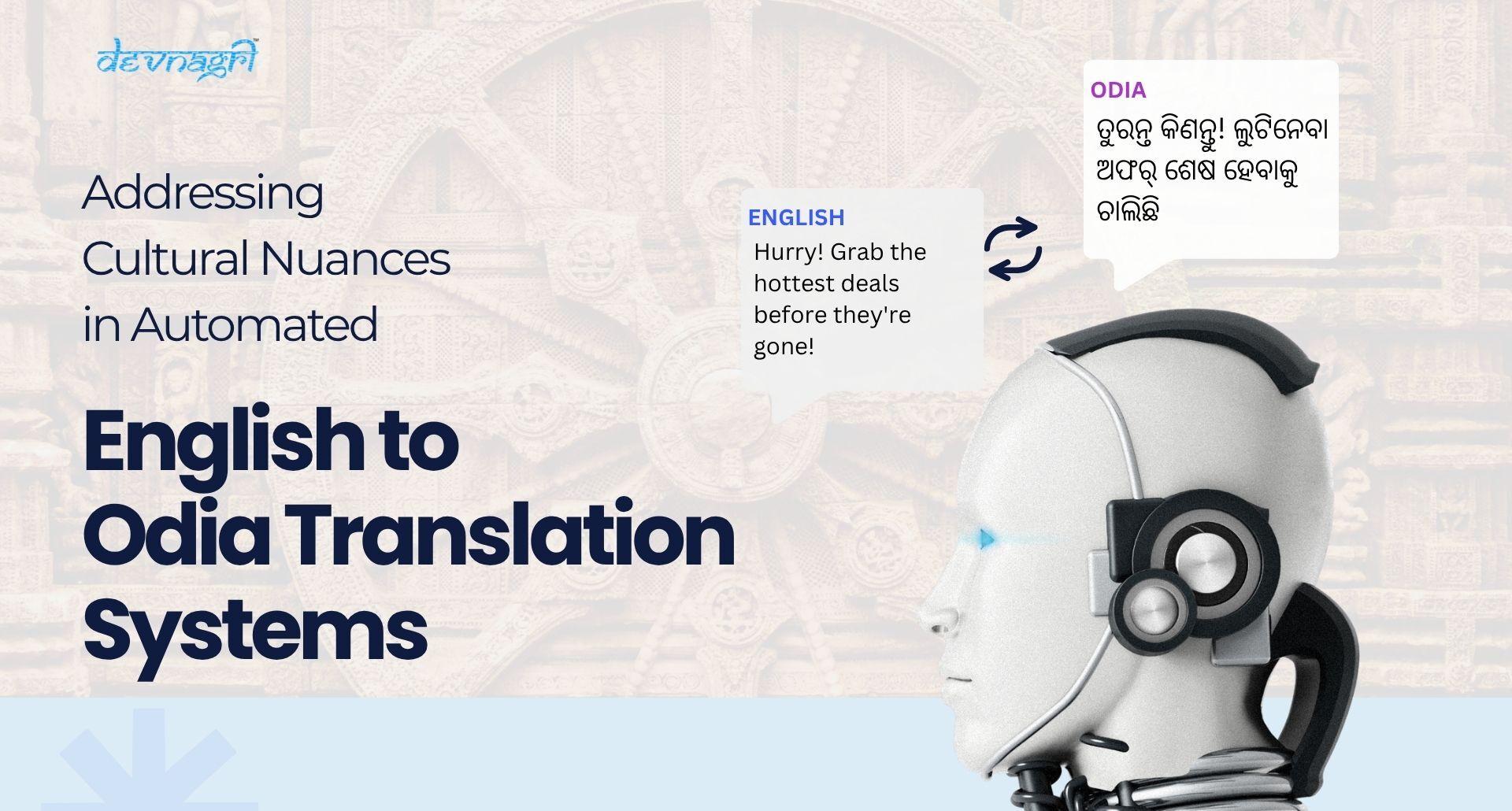Optimizing Memory Systems for English to Odia Translation Language Pairs

While translating between English and Odia. You're not just changing words; you're also changing the way sentences are structured, the tone, the context, and the cultural cues. If you're doing something on a large scale, such as government documents, eLearning content, or product manuals, you'll need more than simply a decent translation. Translation Memory (TM) mechanisms come into play here.
A basic TM setup won't work if you want English to Odia Translation. You have to adjust it, give it the correct fuel, and train it like a high-performance engine. Your TM will keep giving you phrases that don't match, bad grammar, and translations that are out of date if you don't optimize it properly.
Let's talk about what it means to optimize a TM system for this language combination and why it's so important.
What is a Translation Memory?
Translation Memory is like an intelligent assistant that keeps track of all the sentences you've translated in the past. When you give it fresh content, it looks for a similar translation and suggests that one. It saves time, keeps things the same, and stops you from doing the same thing twice.
But here's the catch: if your memory is full of rubbish, it won't work right. And it takes a little more work to establish a good TM with a language like Odia, which doesn't have as many digital resources as Hindi or Tamil.
Why English to Odia Translation Is a Bit Tricky?
You might think English and Odia are just two different languages. But no—they're two different worlds when it comes to structure, style, and expression.
- English follows a Subject-Verb-Object (SVO) pattern. Odia flips it into Subject-Object-Verb (SOV).
- English is pretty direct. Odia often wraps ideas with respect markers, politeness, or cultural undertones.
There isn't always a direct English to Odia Translation for every English term. You need to be inventive without losing the point.
This means that your TM system needs to do more than merely find patterns. It needs to know about structure, context, and sometimes even feelings.
So, how can you make a TM system work better for English-Odia?
This is where things get real. No nonsense, just the things that work:
1. Give It the Right Things
Begin with clean, bilingual data. Government documents, school textbooks, and legal translations that have been approved are all great. Make sure the English and Odia lines are lined up correctly, or your TM will get confused quickly.
2. Tag the Content by Domain
Don't use commercial language while talking about medicine. The system should get advice from similar historical projects, not from an eCommerce app manual, if you're translating a healthcare guide.
3. Allow for Differences in Grammar
To help your TM system become used to how Odia sentences flow, add rules that are specific to the language. It should be known that Odia places the verb last, like "Mu bhata khai," when it says "I eat rice."
4. Let Real People Give Their Thoughts
TMs aren't always right. Make a way for linguists to flag bad suggestions. Their changes should go back into the TM so it can keep learning and getting better.
5. Keep it from getting messy
TMs can become a junkyard over time. Get rid of old terms, duplicate text, and content that doesn't matter. Do this regularly, or you'll wind up fighting your system.
An Example from the Real World
Imagine a state-run e-learning portal that sends Odia information to students in remote areas. For every subject, such as math, history, and science, translations need to be perfect so that they may be used in different grades and books. With a good TM, you can reuse "Photosynthesis is the process by which..." every time it comes up again, which saves you a lot of time.
Bottom Line
If you want English to Odia Translation, you need to optimize Translation Memory. It's the most essential part of any significant localization project that wants to reach the vast number of users in Odisha. It may seem like a lot of backend tech things, but the truth is that your end users will notice the difference. They'll get clear, accurate, respectful content in their language. And that builds trust—something every brand, institute, or government body could use a little more of.
So if you're in the business of translating for real people—not just checking boxes—then start investing in your TM system. Polish it, train it, and treat it like the asset it is.
SOURCE: https://www.tumblr.com/devnagariai/787144041941827584/optimizing-memory-systems-for-english-to-odia
- Art
- Causes
- Crafts
- Dance
- Drinks
- Film
- Fitness
- Food
- Spiele
- Gardening
- Health
- Startseite
- Literature
- Music
- Networking
- Andere
- Party
- Religion
- Shopping
- Sports
- Theater
- Wellness


